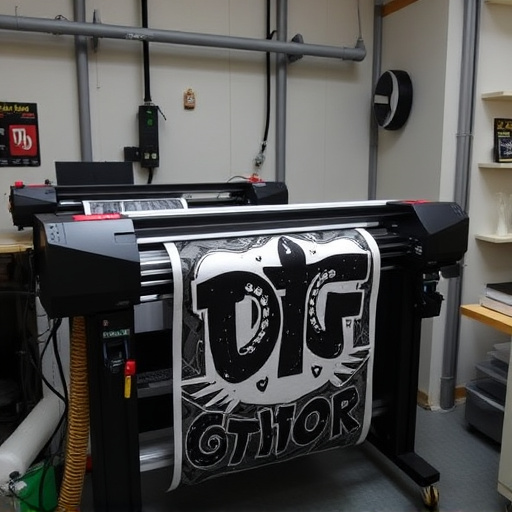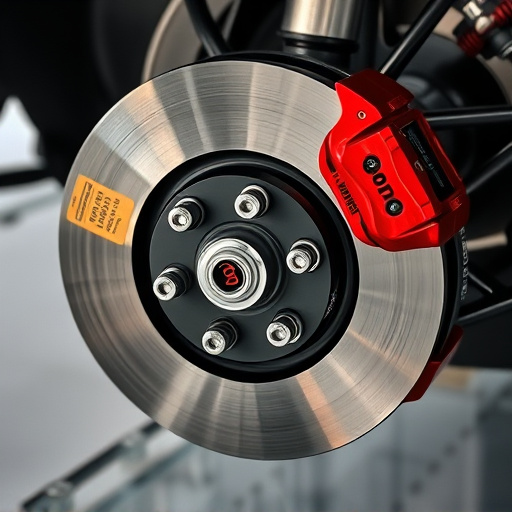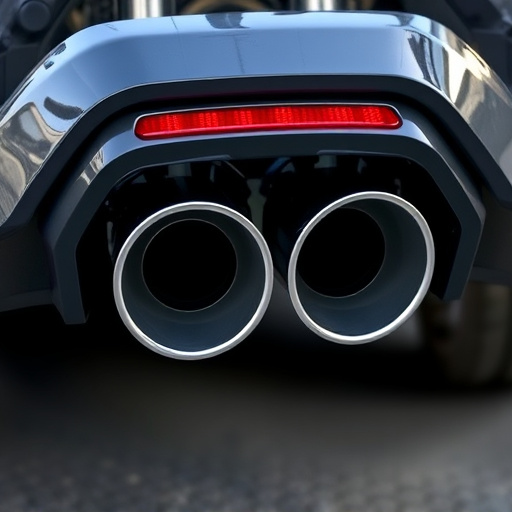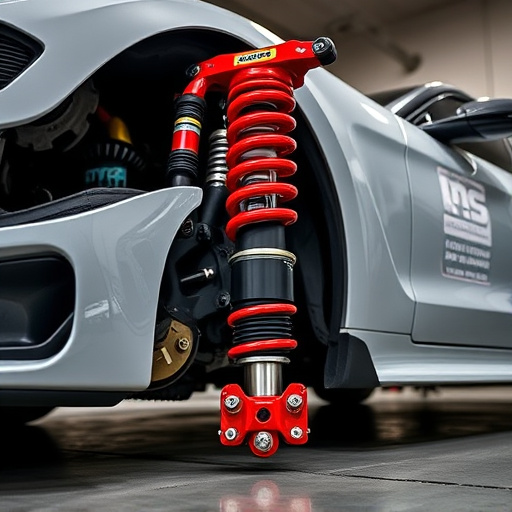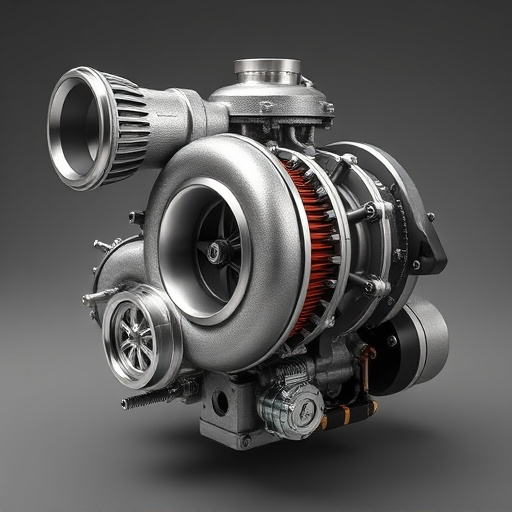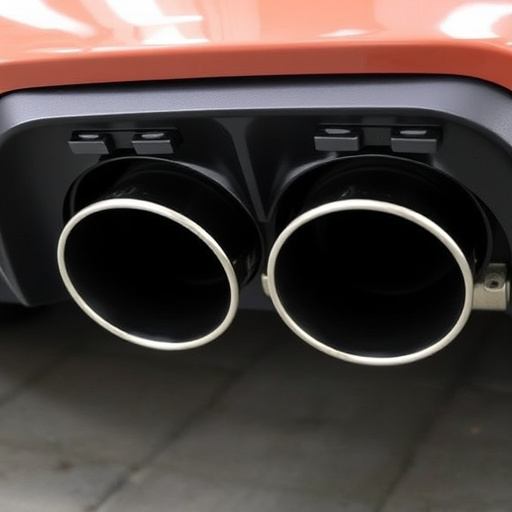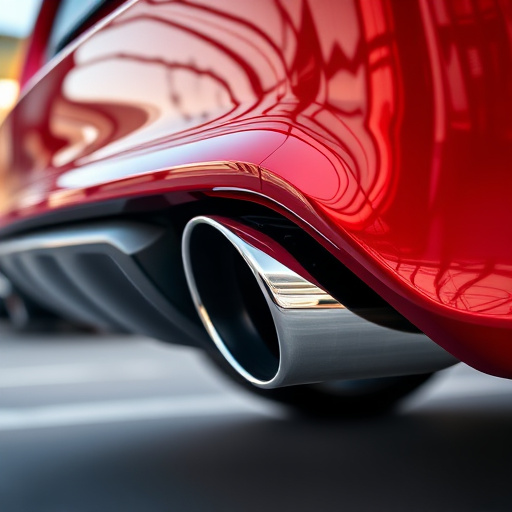Upgrading a single exhaust system enhances vehicle performance and efficiency. Focus on headers, mufflers, and tailored systems for better gas flow, power delivery, and reduced backpressure. Regular maintenance, balanced air-fuel mixture, and alignment ensure optimal gains while considering interactions with other components like brake systems.
Looking to boost your vehicle’s performance? Upgrading your single exhaust system can significantly enhance efficiency and engine output. This article delves into the intricacies of single exhaust systems, guiding you through top-rated components and implementation tips for optimal results. Discover how simple modifications can transform your drive experience, increasing power, improving sound, and ensuring longevity.
- Understanding Single Exhaust System Upgrades
- Top-Rated Components for Enhanced Efficiency
- Implementation Tips for Optimal Performance
Understanding Single Exhaust System Upgrades
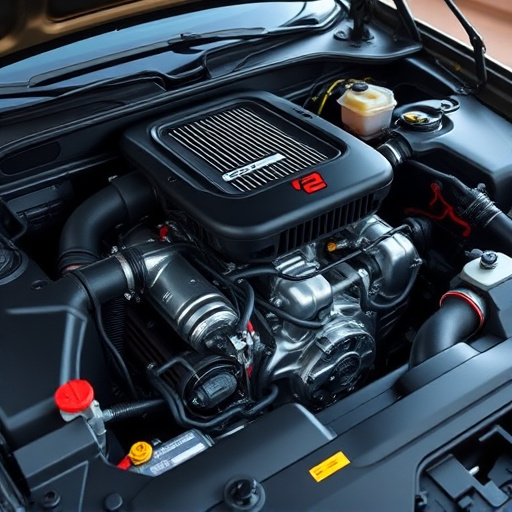
Upgrading your single exhaust system is a strategic move to enhance the overall performance and efficiency of your vehicle. This process involves replacing or modifying the stock exhaust components, aiming to optimize gas flow and reduce backpressure. By investing in the right upgrades, you can expect improvements in power delivery, torque output, and overall engine responsiveness.
Key considerations when opting for single exhaust system upgrades include choosing between performance headers, mufflers designed for reduced backpressure, or even complete exhaust systems tailored for specific vehicle models. While enhancing exhaust flow benefits the engine’s performance, it’s essential to remember that these modifications may also impact other components like brake rotors and brake pads, as vehicles often undergo dynamic changes during such upgrades.
Top-Rated Components for Enhanced Efficiency
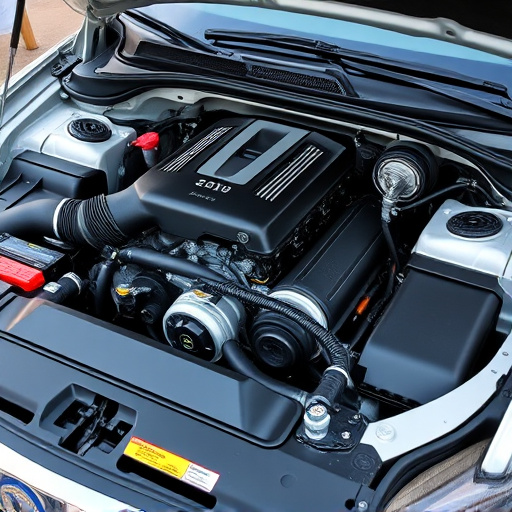
Upgrading your single exhaust system with top-rated components can significantly enhance vehicle efficiency and performance. One of the key areas to focus on is the cold air intake, which allows for a greater flow of cool, dense air into the engine. This ensures optimal combustion and improves fuel efficiency. Additionally, high-quality muffler tips not only reduce noise levels but also minimize back pressure in the exhaust system, allowing gases to escape more freely.
These upgrades work synergistically with well-designed exhaust systems that are tailored for your vehicle’s specific needs. By improving airflow and reducing restrictions, these components contribute to a smoother, more efficient engine operation. This not only translates to better fuel economy but also enhances overall driving experience, making every journey more responsive and enjoyable.
Implementation Tips for Optimal Performance
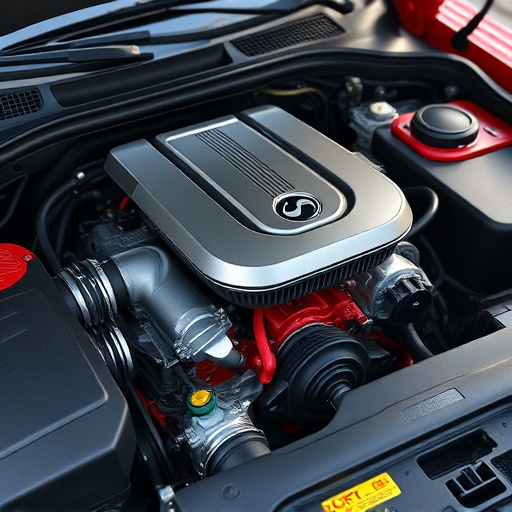
To maximize the efficiency gains from a single exhaust system upgrade, consider a few implementation tips. Firstly, ensure proper alignment and fitment to avoid any leaks that could negate performance improvements. The right installation starts with quality tools and follows manufacturer guidelines meticulously. Additionally, maintain a balanced air-fuel mixture by checking and calibrating your vehicle’s air intake systems regularly.
Optimal performance also hinges on addressing other critical components like brake pads and brake components. Regular maintenance and timely replacements of these parts ensure smooth transitions during acceleration, which can further enhance exhaust system efficiency. Remember that a harmonious interplay between the engine, exhaust, and other automotive systems is key to achieving the best results from your upgrade.
Upgrading your vehicle’s single exhaust system can significantly enhance its performance and efficiency. By investing in high-quality components and implementing optimal installation practices, you can achieve better fuel economy, improved torque, and a smoother driving experience. Remember, the right upgrades tailored to your vehicle’s needs will make all the difference on the road, so why not give your single exhaust system the attention it deserves?

